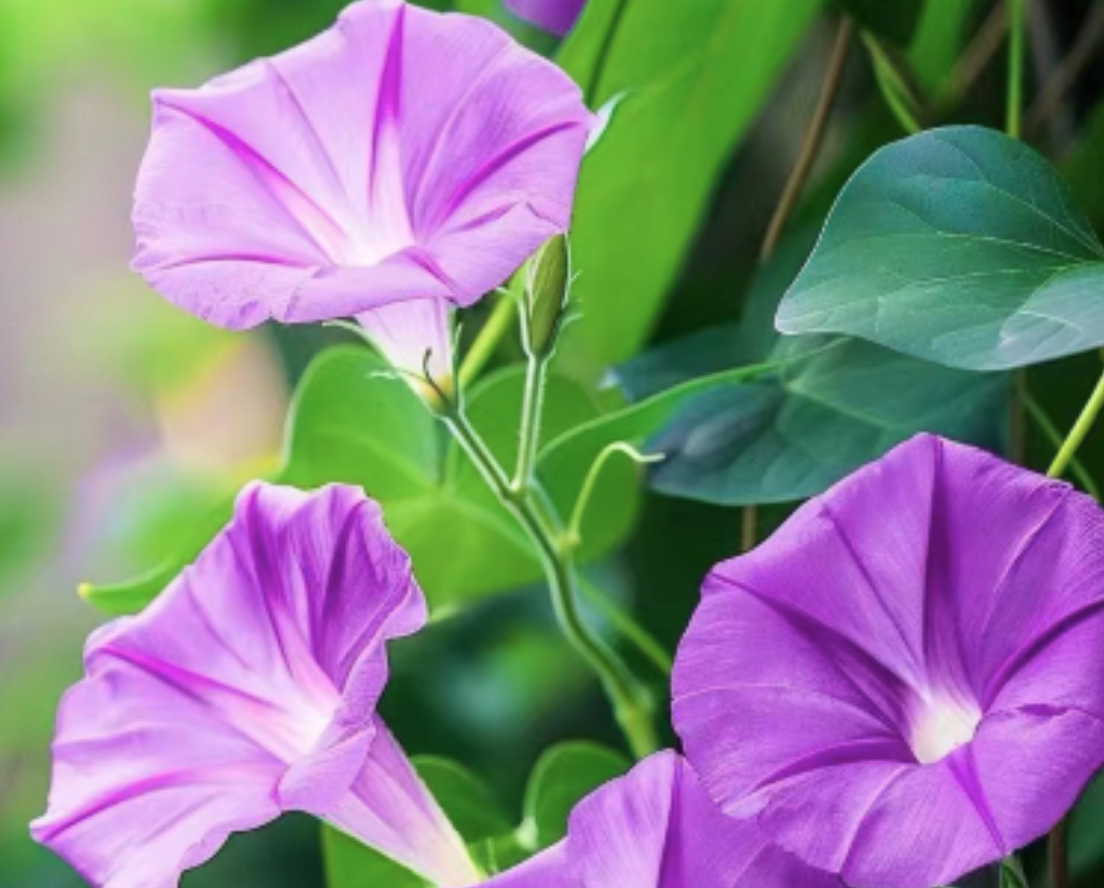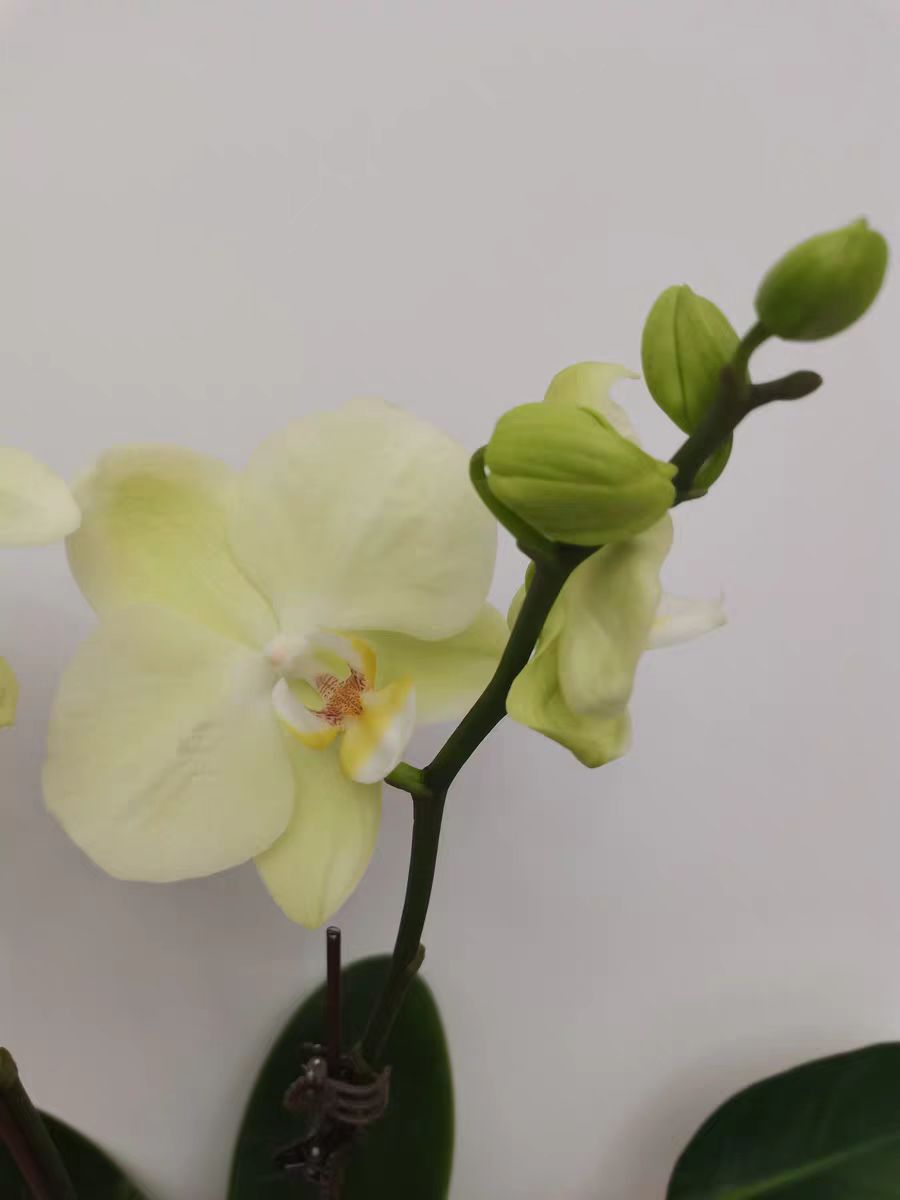Morning glory and petunia are very likely to be confused in the flower market due to their similar names, colors, and flower shapes. Let's take a deeper look at how to distinguish them below.
In fact, morning glory and petunia are different in their families and genera and growing environments. Let's start with morning glory, which belongs to the genus Pharbitis of the Convolvulaceae family. It is a vine plant. Its characteristic is that the leaves are heart-shaped and trumpet-shaped. The flowers are relatively large after blooming and relatively thin. Common colors include blue, purple or red. During the growth period, it likes to twine around bamboo poles, guardrails, etc., and can grow relatively tall.
While petunia belongs to the genus Petunia of the Scrophulariaceae family. It is a herbaceous plant. The plant height is very short, only about 30-60 centimeters. The leaf shapes are oval or heart-shaped. The flowers are smaller than morning glory after blooming, and the flower shapes are also slightly different. The flowers are a bit thicker and there are some fluff behind the flowers. During the growth period, it usually crawls on the ground, and the branches and stems are relatively upright. The common colors in the flower market are also relatively rich, including red, white, purple and other colors.
If you know in detail, morning glory usually blooms in summer and generally blooms in the morning and withers at noon, while the flowering period of petunia is longer. The blooming time can be from spring to autumn and it won't wither on the same day.
Then there are different growing environments. Morning glory likes a warm and humid environment. It is a very adaptable flower and is mostly seen in fields, roadsides and other places, and is used as Chinese medicine. Petunia has higher requirements for soil and light conditions. Under reasonable conditions, it takes at least 100 days from sowing to flowering. It is often used as an ornamental flower and is widely used in flower beds, flower borders, potted plants, etc.
In addition, many friends are deeply impressed by the "Xi Yan" flower in "Empresses in the Palace". In the drama, "Xi Yan" refers to morning glory, understood as "the face in the evening". But in fact, morning glory blooms in the morning and begins to wither when the sun comes out. It is not a flower that blooms in the evening at all. The flower referred to in the drama should be the flowers of the Cucurbitaceae family such as gourd and bottle gourd flowers, which bloom in the evening.
How to distinguish Petunia from Pharbitis nil?

Share with
Tagged in :




Leave a Reply